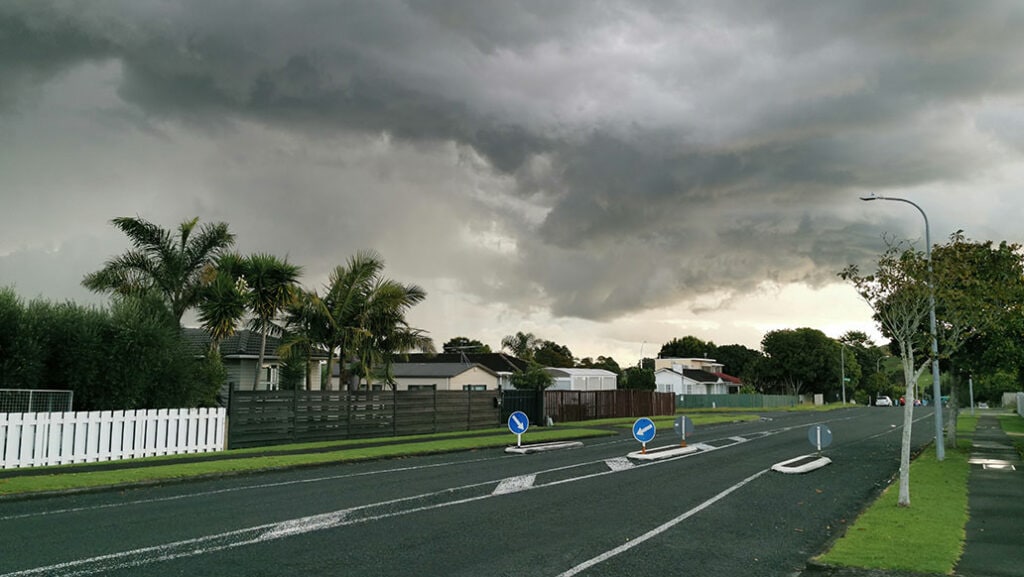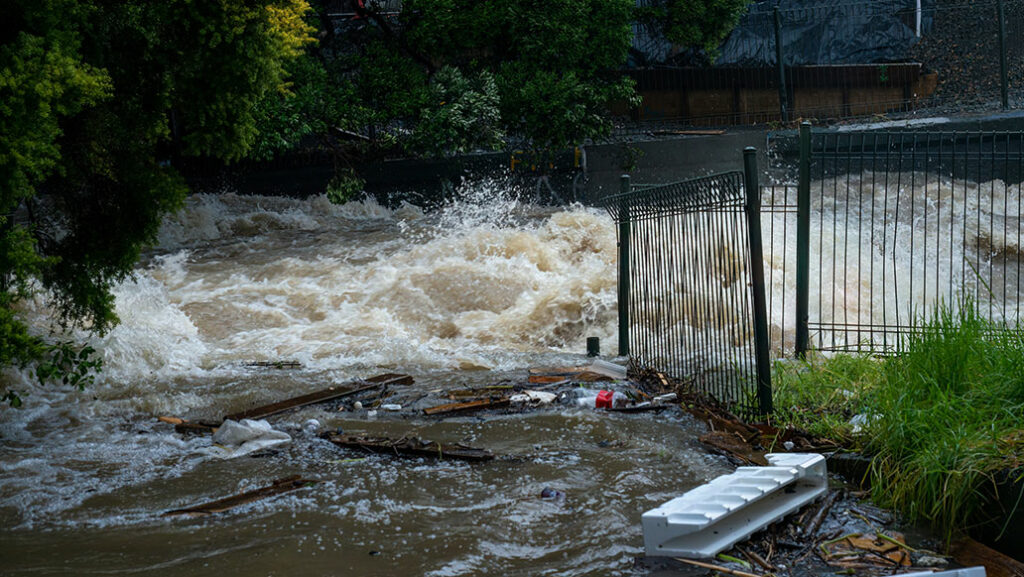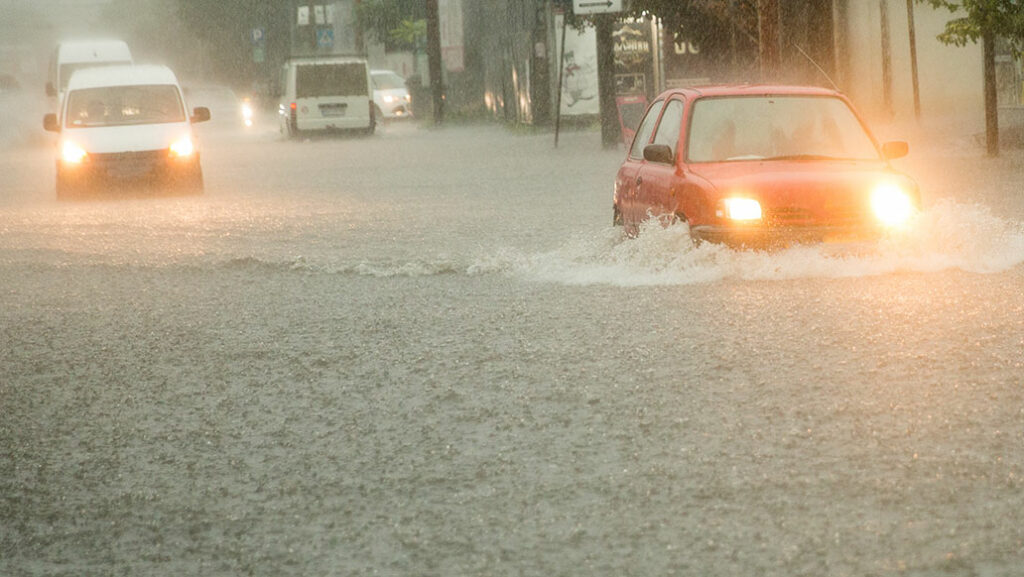In the wake of the torrential rain that flooded parts of Auckland, The NZ Herald used data provided by Fire and Emergency NZ (FENZ) and Auckland Emergency Management, along with publicly available data from Auckland Council and MetService, to understand the extent of the storm and the resulting damage, cumulating the data into an interactive map (NZ Herald, 2023).
Using this map, Stormwater Systems Ltd has undertaken further analysis into which suburbs had stormwater management convents or rules in place and what impact that could have had on the number of call-outs and flood-damaged buildings, compared to those that didn’t.
Hobsonville Point is built on an old defence base close to Whenuapai Airbase, which received 348mm of rain between 3 pm Friday, 27th Jan and 2:40 pm Thursday, 2nd Feb (NZ Herald, 2023). Home to more than 6,250 residents in over 2333 homes, the area only had 4 call-outs, according to data from Fire and Emergency NZ (FENZ) (NZ Herald, 2023).
While residents in neighbouring suburbs, such as Beach Haven, made 15 calls to FENZ for flood-related incidents, 2 requiring urgent response (NZ Herald, 2023). Across the Waitemata Harbour in similarly sized Pt Chevalier, where residents made 20 calls. Or, in more extreme cases, the Central Auckland Suburb of Epsom had 98 call-outs, 7 requiring rescue operations.
So, what infrastructure flood mitigating factors enabled Hobsonville Point to be disproportionately less affected by what NIWA has called a 1-in-200-year event? A possible answer lies in stormwater attenuation.

Hobsonville Point is a SMAF 1 area (Stormwater Management Area Control – Flow 1) under the Auckland Unitary Plan (Auckland Council, 2013).
Suburbs in SMAF 1 area require new properties to provide detention (temporary storage) and a drain-down period of 24 hours for the difference between the pre-development and post-development run-off volumes.The storage volume is calculated using the 95th percentile 24-hour rainfall event by a stormwater engineer.
The reason for introducing SMAF zones as part of the Auckland Unitary Plan is when a catchment area undergoes development, permeable grass is replaced with impervious surfaces such as concrete and steel, increasing the flow rate and volume of stormwater run-off.
Consequently, water once absorbed by the natural environment is now destined for stormwater infrastructure. This change in hydrology, unless managed, can have a significant adverse effect on streams within the catchment, including accelerating river and stream erosion and bank instability, particularly in steeper upper catchment areas, and creating hydrological conditions that do not support healthy aquatic ecosystems (Auckland Council, 2013).
Our streams and rivers are under pressure from additional run-off, as is our city’s infrastructure.

Stormwater attenuation involves the capture, detention, and controlled release of stormwater volumes before they discharge into receiving environments. Stormwater attenuation/detention tanks temporarily store rainwater collected from the roof and other hard surfaces of the property after rainfall events.
The tanks release the water into the council stormwater systems at a much slower rate to reduce short-term peak outflows from properties and minimize the impact of the water on the local environment, reducing the risk of localized flooding.
Attenuation is vital in cities where public stormwater facilities can no longer handle high volumes of rainwater discharged by regular rainfall events due to our expanding urban sprawl.
An interesting task is to overlay NZ Heralds Flood Map with Auckland Council’s PUP Stormwater Management Area Map and evaluate the wards and suburbs most affected by the floods and whether they have any governing Stormwater Management rules for new developments. Most noticeable is the Albert-Eden- Puketāpapa ward in central Auckland, where the majority of suburbs don’t fall under any SMAF Zone ruling, had 56 buildings red-stickered and 254 yellow-stickered (NZ Herald, 2023).
Although this doesn’t paint the complete picture and factors like overland flow paths, flood plains, and ageing infrastructure play a part, it does indicate how effective stormwater attenuation can be a mitigating factor.
Works Cited
- Auckland Council. (2013). E10 Stormwater management area – Flow 1 and Flow 2. Retrieved from https://unitaryplan.aucklandcouncil.govt.nz/images/auckland/unitary-plan-pdf
- Auckland Council. (2013, October 7). PUP Stormwater Management Area. Retrieved from koordinates.com: koordinates.com/layer/6390-pup-stormwater-management-area/
- NZ Herald. (2023, February 5). Auckland Flooding: How hard was your suburb hit? Retrieved from www.nzherald.co.nz/nz/auckland-floods-interactive-map-how-hard-was-your-suburb-hit







